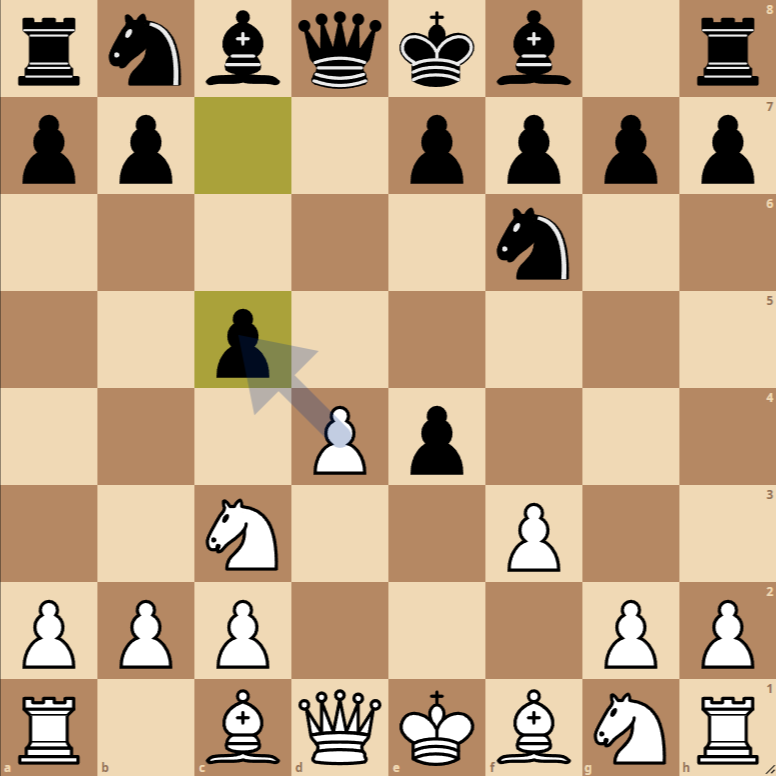How to Play the Brombacher Countergambit Opening
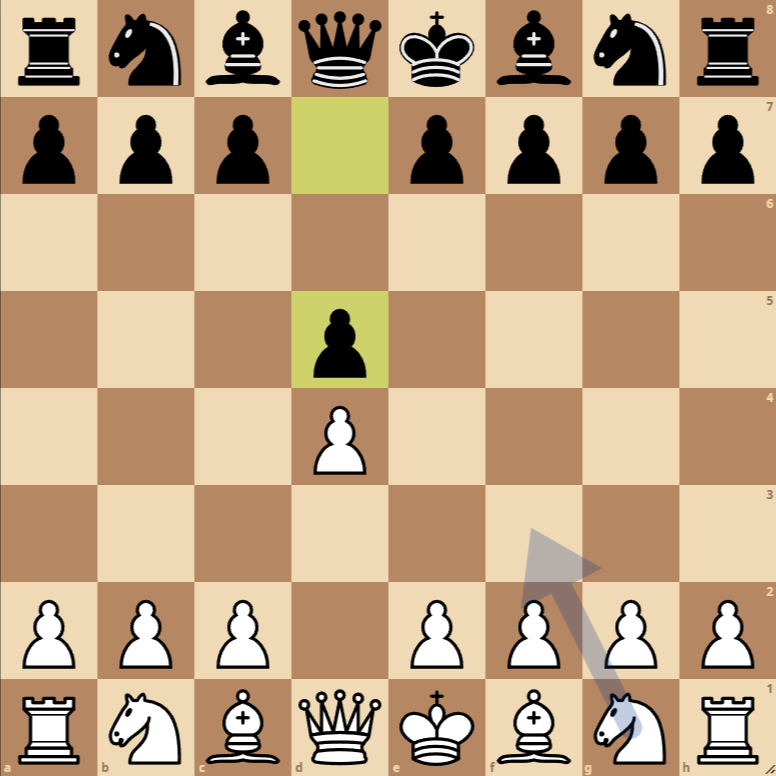
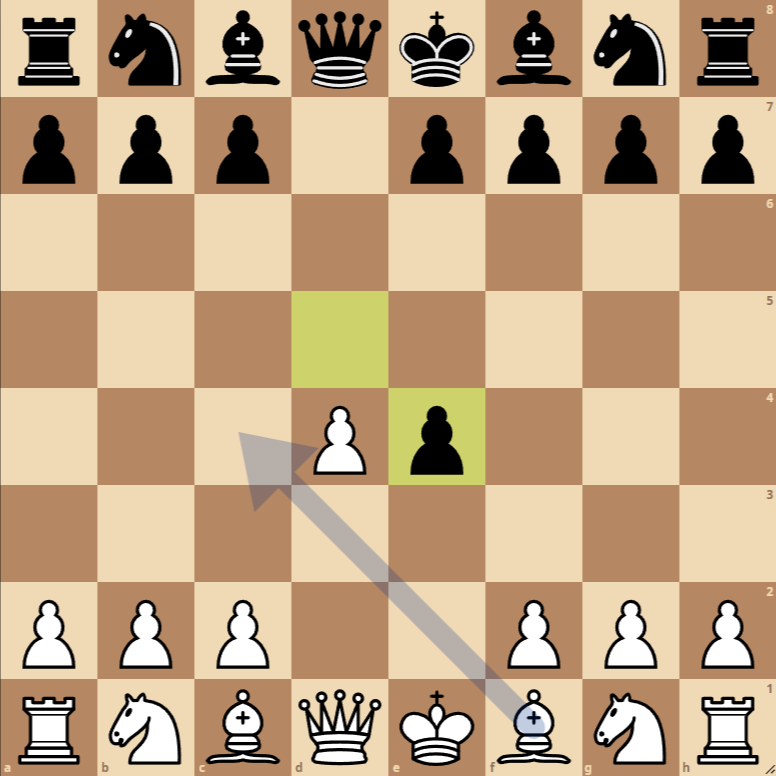
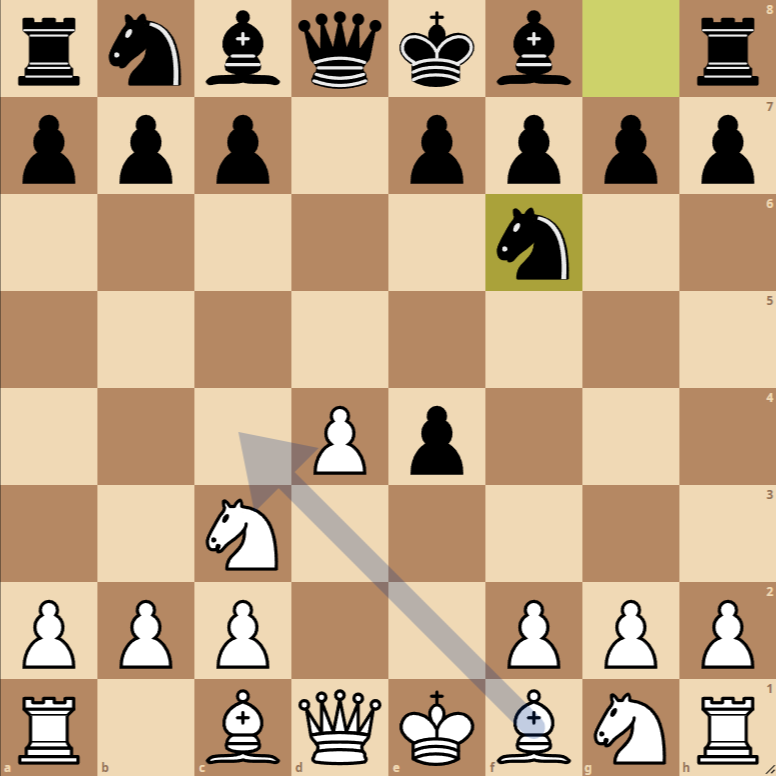
The Brombacher Countergambit opening is an aggressive and unconventional line that aims to unbalance the position early in the game. Here, we break down the key moves of this opening:
- 1. d4 d5: Both white and black control the center of the board, a fundamental principle in the opening of a chess game.
- 2. e4: White offers a pawn with the intention of establishing strong central control if black decides to capture the pawn.
- dxe4: Black accepts the gambit by capturing the pawn, initiating a more dynamic game.
- 3. Nc3: White develops a knight to the center, putting pressure on the captured pawn and preparing to recapture it.
- Nf6: Black develops a knight, defending the pawn on e4 and counterattacking in the center.
- 4. f3: White aims to undermine the defense of the pawn on e4, setting the stage to recapture and strengthen their center.
- c5: Black counters in the center of the board, challenging white’s pawn structure and seeking to activate their pieces.
Variations of the Brombacher Countergambit Opening
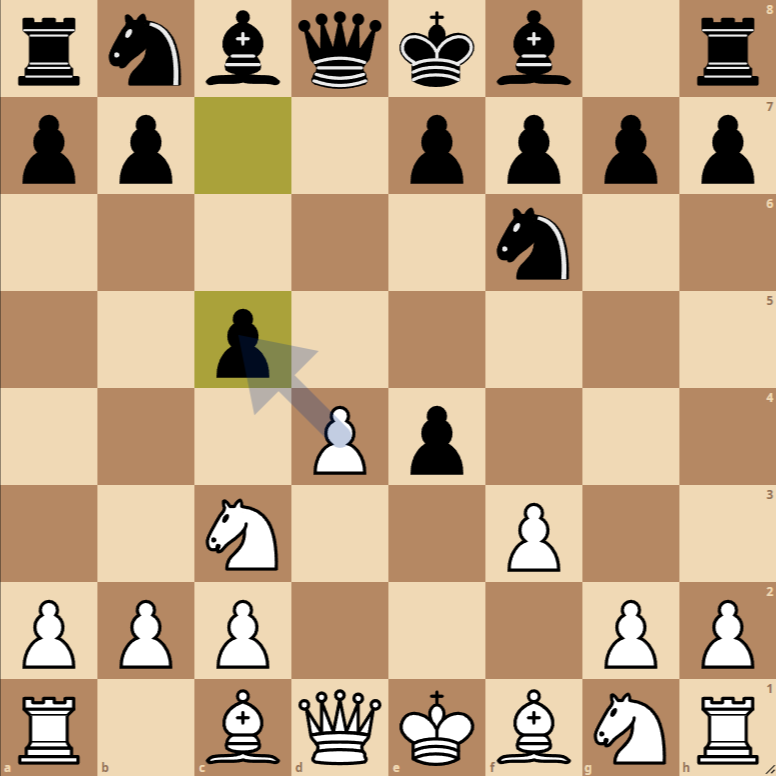
Brombacher Countergambit in the Scandinavian Defense
The position that arises after 1. d4 d5 2. e4 dxe4 3. Nc3 Nf6 4. f3 c5 is known as the Brombacher Countergambit, an unconventional but interesting variation that occurs in the Scandinavian Defense. This countergambit introduces unique tactical and strategic dynamics for both players. Let’s break down the current situation on the board and analyze possible strategies and tactics for both sides.
Strategies and Tactics for White
Pawn Recovery and Center Control: White has temporarily sacrificed a pawn with 2. e4 to challenge the center and open lines for their pieces. The move 4. f3 prepares the way to recapture the pawn with fxe4, attempting to maintain a solid presence in the center.
Development and Attack: With the knight on c3 and the possibility of recapturing the pawn on e4, white can quickly aim to develop their minor pieces (bishop and queen) and castle kingside for king safety. A strong center supports plans for expansion on the kingside or actions in the center and queenside.
Pressure on the c5 Pawn: Black’s advance of c5 is ambitious, aiming to counterplay in the center and create counterattacks. White can consider dxc5 to open the d-file and exert direct pressure on the black king still in the center.
Strategies and Tactics for Black
Counterplay in the Center and Queenside: By playing c5, black challenges white’s central pawn structure and seeks to activate their pieces, especially the dark-squared bishop and the queen. This move sets the stage for possible breakthroughs in the center or expansion on the queenside.
Preservation of the Gained Pawn: Although black has captured a pawn on e4, it is crucial to defend it adequately. Moves like f5 to support the pawn can be considered, although they come with risks due to weakening the kingside pawn structure.
Development and King Safety: It is vital for black to efficiently develop their minor pieces (bishops and knights) and seek king safety, possibly through queenside castling. The open central position requires attention to the safety of the king to avoid early attacks.
Next Best Moves
For White: Capturing on e4 with fxe4 is tempting to recover the pawn and open the f-file for the rook, though this may weaken the king if it hasn’t castled yet. Alternatively, dxc5 puts pressure on the black queenside and opens lines for the queen and white bishop.
For Black: d5 is a solid strategic response that reinforces the center and prepares the way for the development of the white-squared bishop. Another option is to maintain tension with moves like Nc6, aiming to play e5 at an opportune moment.
This countergambit offers a rich tactical and strategic battlefield for both players, with opportunities and risks that demand precise play and a good understanding of opening dynamics.

